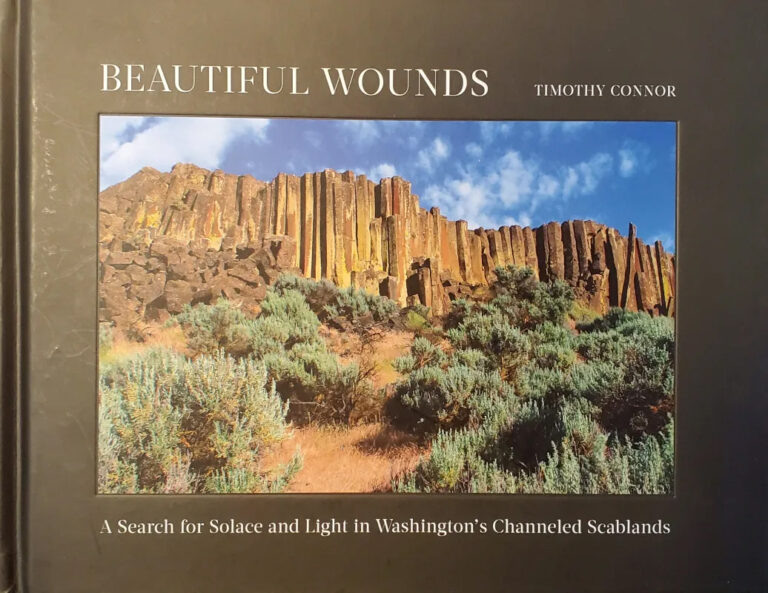If you have been into cycling for any period of time, you too probably have been witness to the steep, unstoppable progression of discipline and technology. Remember your first bike? Mine was a Trek Antelope 820. It was black with neon green lettering, foam grips and a chromoly frame equipped with Shimano parts. I was giddy with excitement when I saw it in the garage before school the day of my birthday.
There was a time when it was an easy argument to say terms such as “All-Mountain,” or, in this case, “Enduro,” were clever marketing fabrications to simply sell more bikes. That used to be my opinion. After all, I thought, I can give you a run for your money on my rigid steel classic. Why do I need six inches of controlled suspension and traction? My rim brakes seemed to stop me just fine. I still love a good classic, but the truth is, rigid bikes hurt and cantilever brakes don’t hold a candle to hydraulic disc.
Enduro Races
The term “enduro” refers to the style of mountain biking that includes downhill and cross-country trail sections. Enduro races are broken up into marked stages where results are calculated by adding all the stage times together. Traditionally, only the downhill sections are timed, although all racers must ride the uphill/cross-country parts of the course (sometimes within a set amount of time). The rider with the lowest combined times wins. The “enduro” name for these mountain bike races is fitting since the format matches motorbike and rally car styles of racing so closely. These stage races can take between one to seven days. Enduro racing in the U.S. is relatively young in its development, but it is certainly a fast growing category in bicycle racing and sales.
Enduro Bicycles
Although Specialized Bicycles has a model with the same name, almost all other mountain bike companies have their own equivalent models of “enduro” bikes. Some companies realized the potential in marketing a durable and efficient, do-anything machine and have focused hard on it. Most of these bikes begin around $2,000 and can easily approach the $10,000 range ($4,500 is a good target).
Here are some recommendations I would point you toward: 150-170mm travel (suspension); 26/27.5/29” all seem to roll (wheel size); 30 pound range (weight); dropping seat post; 200mm range brake rotors; fast and grippy tires (most likely tubeless, but no need for a DH sidewall); 1 x 10 or 11 gearing with a plan for chain retention will be great (no need for dual crown or coil over); carbon if it’s in the budget or alloy for the working man; and last but not least, a pair of sharp color matching platform pedals complimented by a shoe designed to never let go (Five Ten, Specialized, Teva, Shimano, etc.). I’d also suggest you invest in a better mountain bike helmet than the one you probably own to match your kit (gloves, jersey, shorts, etc.). Also, if you have to go to work on Monday, buy some comfortable knee pads. Ask your sales guy what EN 1621-1 is.
Last Words
Once you have your Enduro bike and gear, pedal up that hill and rip back down it. You get extra points for hitting every jump and drop and also for clearing pinecones with a flick of the front wheel. Once you get to the bottom, do it again. //
“Pedal Wrench” is an occasional OTM column penned by Simon Hartt covering bike gear, tech and other thought-provoking topics circulating around the greater bicycle community and/or the author’s brain. A former bike mechanic who has wrenched at several Northwest shops, Hartt is an avid cyclist with plenty of opinions on just about any bike-related subject.












